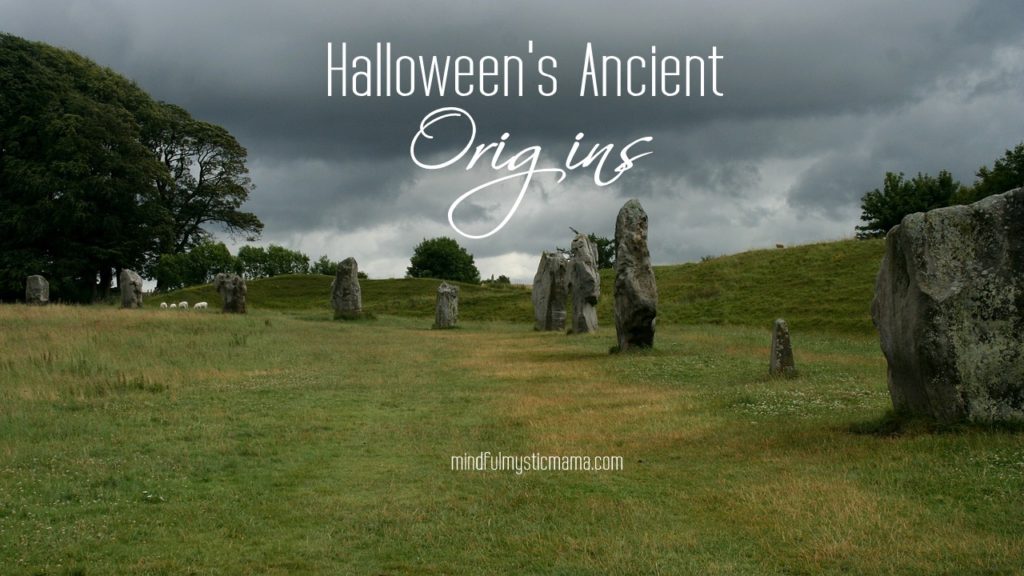
Today, when we think of Halloween, we think of kids wearing costumes ringing doorbells and getting candy. We think of haunted houses and parties featuring spooky decorations and fun treats. But do you know how Halloween got started?
Halloween goes back some 2,000 years, and its origins have nothing to do with candy. It is actually based on the Celtic festival of Samhain (pronounced sow-en). This festival marked the transition from summer to winter, which was also regarded as the Celtic New Year. It was also something of a festival of the dead, as Celts believed that spirits roamed the earth on that night. It is said that this is the time of year when the ‘veils between worlds’ are thinnest, and the wearing of masks and other forms of changing one’s character served the purpose of dispelling fear and honoring ancestors.
Like the modern Halloween, Samhain was celebrated on October 31st. But the activities undertaken on that night were quite different from those in which we participate today. The Celtic priests, called Druids, would build huge bonfires, and the people of the community gathered around them, throwing in crops. The Celts did wear costumes, which were initially made up of animal skins, but later included masks designed to look like the faces of spirits.
Legend has it that on this night, the presence of spirits made it easier for the Druids to foresee the future. There were also certain rituals that anyone could perform in an effort to foresee certain events. For instance, young, unmarried women were encouraged to place an apple under their pillows at bedtime so that they would dream of their future husbands. They would also comb their hair or eat an apple by candlelight while looking in a mirror in hopes that they would see the reflection of their future husband peeking over their shoulders.
The festival of Samhain was celebrated exclusively by the Celts. But when the Romans conquered most of their territory, Samhain was combined with two of the Romans’ festivals. One of the festivals was Feralia, which was also a festival of the dead. The other festival honored Pomona, the Roman goddess of fruit, whose symbol was the apple. This is believed to be the origin of the Halloween tradition of bobbing for apples.
The day after Halloween is currently known as All Saints’ Day in most cultures. But in the days of Samhain, it was called All Hallows’ Day. Eventually, the Romans began to call Samhain All Hallows’ Eve. This was later shortened to the contraction “Hallow-e’en”, which has been simplified into today’s spelling of Halloween.
The way we celebrate Halloween today is quite different from the way the Celts did it. Yet we can find traces of today’s Halloween customs in those from ancient times. And by studying the holiday’s origins, it’s easy to see why Halloween is regarded – and celebrated – as such a spooky and magical time.


This was a really interesting post to read. I love hearing about the history behind things like this.
What an interesting read. I love getting the real history behind holidays. It’s amazing what you learn.
Most of our holidays are based off, or sprinkled with, traditions from early pagan festivals.
That’s great to know about the Halloween.
This is very interesting info on Halloween! It’s one of our favorite times of the year.
This is perfect timing. I was in some sort of argument with a friend about the origins. One swore Christian, and the other said Celtic/Pagan.
It’s funny how we’ve all heard different things!
You know I’ve never thought about looking up the origins of Halloween. Thank you for this. I learned something new today.
The history is so interesting! I’ve always wondered about the true origins of Halloween but until now, I’ve only heard or read certain parts. Thanks for sharing!
Interesting read. Thanks for sharing.